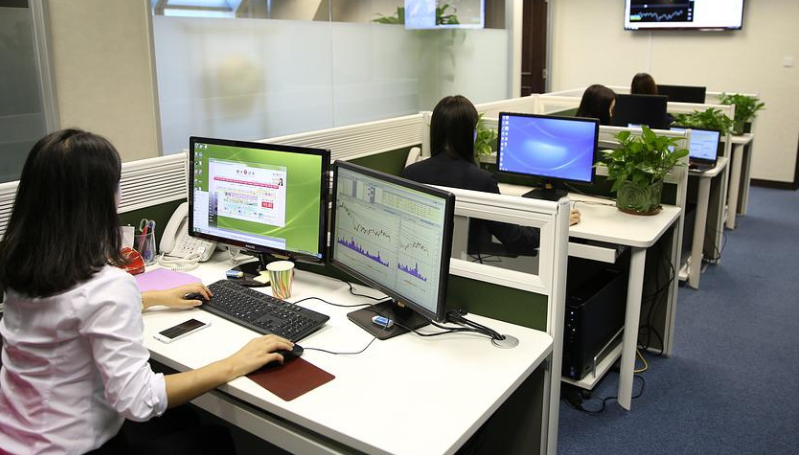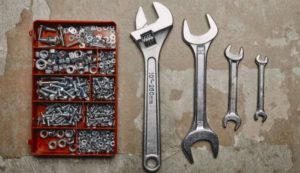







































Design dynamic and impactful website pop-up forms with the Plerdy pop-up software. Plerdy's popup software is designed for marketers who want real-time engagement and higher conversions.
 4.9/5
4.9/5
 4.7/5
4.7/5


 Watch Video
Watch Video



Maximize the effectiveness of Plerdy pop-up software with tailored messages, optimized landing pages, and compelling calls-to-action. This website popup software ensures you deliver the right message at the perfect moment without coding skills.
Regardless of size or industry, every business deserves access to the best technology to grow and thrive.








































Improve conversions, increase sales, and conduct surveys. Marketers choose our smart pop ups tools to boost sales and collect user feedback without disrupting UX.
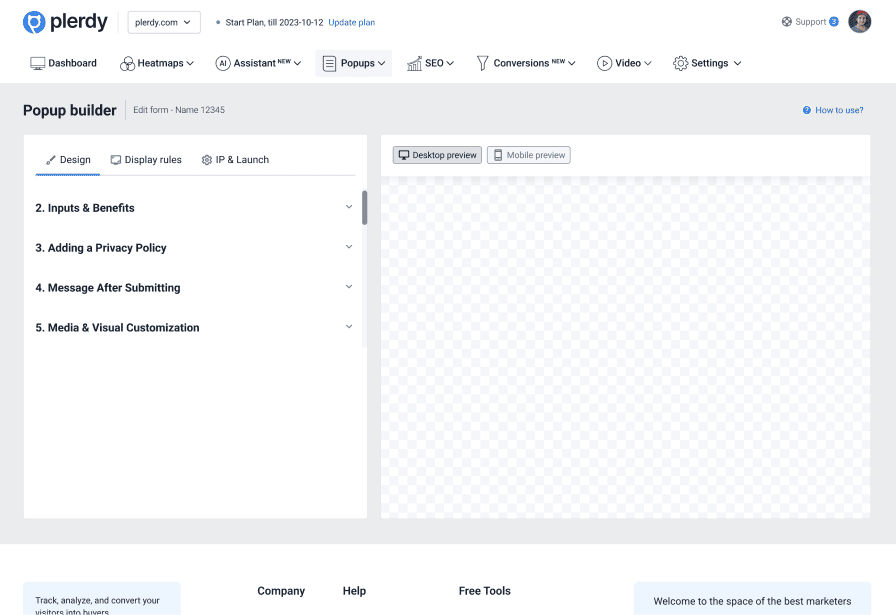
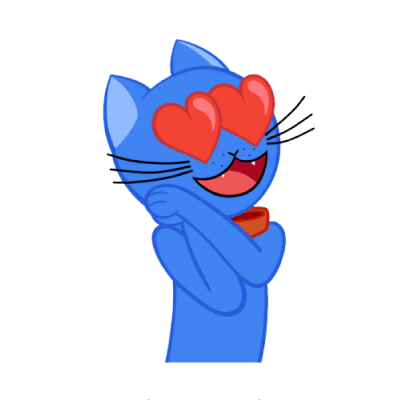
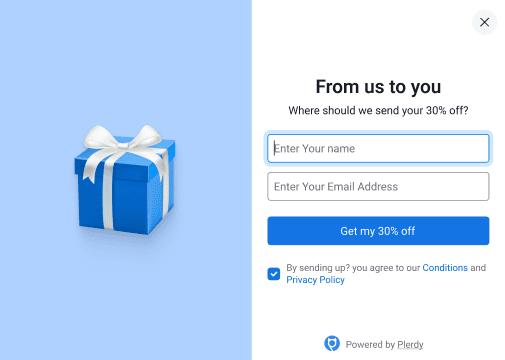


Plerdy pop-up software’s effective with the right message, landing page, and call-to-action. Collect website visitor feedback. Improve conversions, increase sales, and conduct surveys.
Plerdy’s Pop-Up software displays alternative options. Define groups of URLs for a pop-up displays: recommend similar items for "out of stock”products.
Divide your audience into two categories.
Visitors who:
Target your most engaged visitors using remarketing banners with Plerdy’s Google Analytics integration.
Overcrowded website pages cause users to overlook relevant promo messages. Highlight special offers with pop-up forms.
Our exit intent popup software triggers timely offers to recover potential abandoned carts. Shoppers don't purchase during every browsing session. Cart abandonment happens for various reasons. Offer discounts or promotions using Plerdy pop-up software right when visitors intend to bounce. Instead, Plerdy pop-ups inspire visitors to complete their purchases.
Efficiently collect emails and enhance engagement on your blog articles with Plerdy's Pop-Up software. Pop-up traffic channels successfully increase potential customer numbers.
Use Plerdy pop-up video forms to:
Offer visitors segmented products to filter search criteria. Example: “Shop for him, shop for her, shop non-binary.” Launch tailor-fit email marketing campaigns per segment.
B2B niches generate lead magnets through specific content: case studies, reports, analyses, checklists, instructions, etc. Customers exchange emails for exclusive access to offers. Collect emails, increase your sales funnel leads, and optimize your target audience.
When shoppers search for items, show similar discounted products using Plerdy pop-ups. Increase sales and improve user experience.
Plerdy pop-up form software provides targeted marketing by configuring messages and segmenting users into specific groups per device and traffic channel:
Launch fun gamified website pop-ups to award gifts, discounts, or prizes with pop-up deals to boost visitor purchases.
Invite target audiences to webinars or conferences. Lead generation increases website traffic.
Clearly explain each product feature to seamlessly assimilate target audiences into your SaaS products and other tools.
Plerdy Pop-Up software offers three survey options: NPS (Net Promoter Score), emoji reaction reviews, and open-ended questions
 Increase sales
Increase sales
 Speak directly to customers through pop-ups
Speak directly to customers through pop-ups
 Identify website customer likes and dislikes
Identify website customer likes and dislikes
 Discover customer hang-ups during shopping and checkout experiences
Discover customer hang-ups during shopping and checkout experiences
 Create perfect user journeys using
Create perfect user journeys using
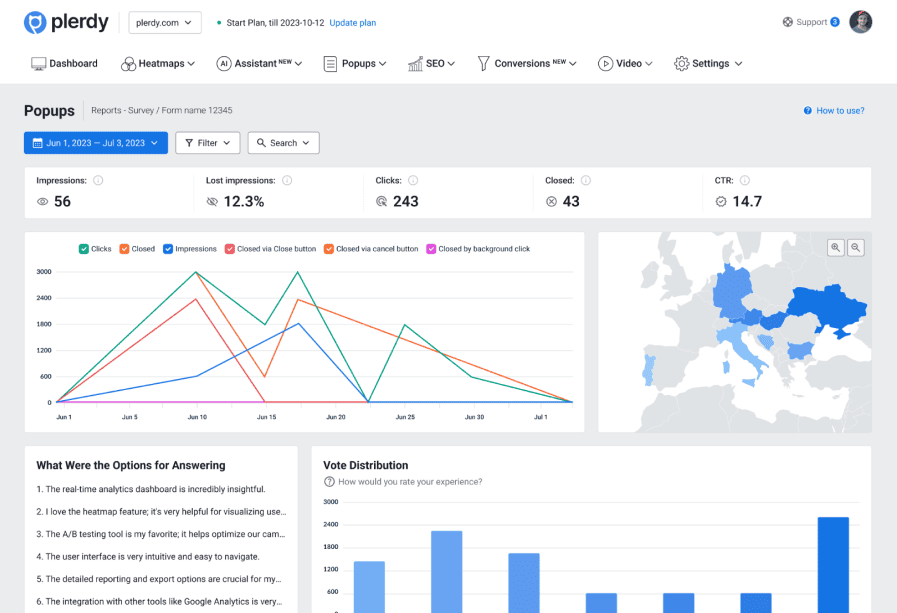
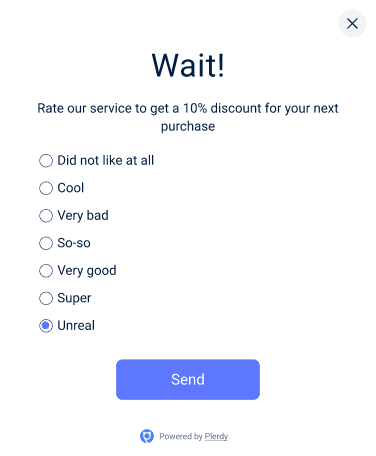
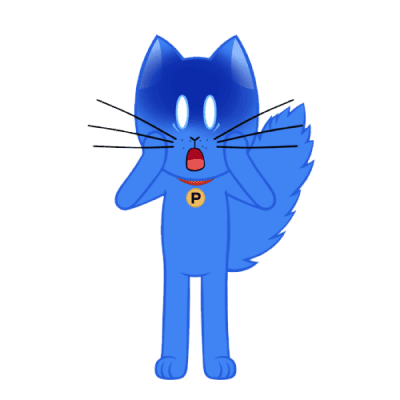
Choose pop-up forms depending on task and improvement goals
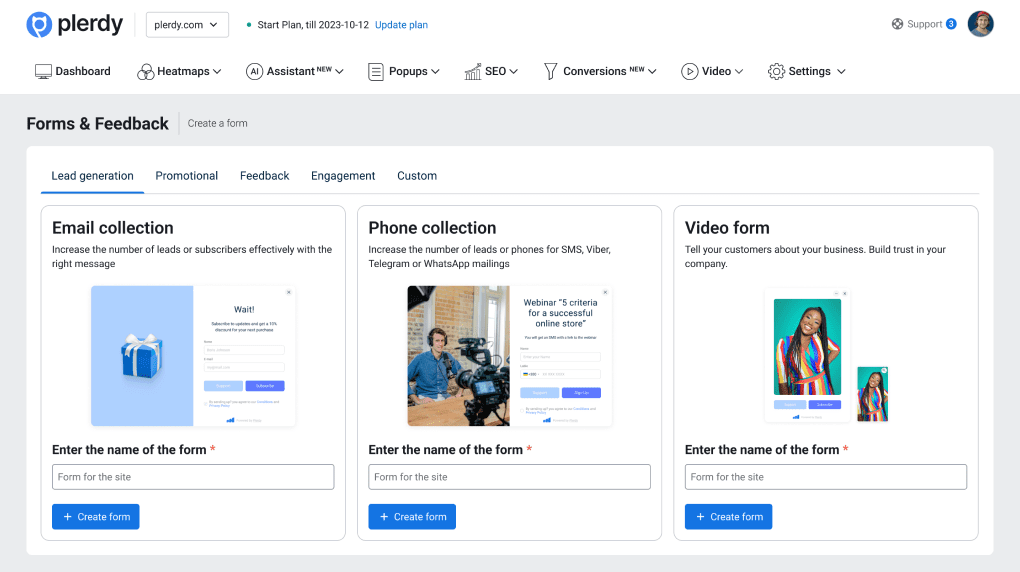
Teaser buttons invite users to click and fill out pop-up “contact forms.” Add events to customize your pop-up form fields. Handle individual tasks Solve atypical occurrences Example: customers can opt-in for email notifications when out-of-stock items become available. This flexible software pop up feature supports advanced form triggers and custom designs.
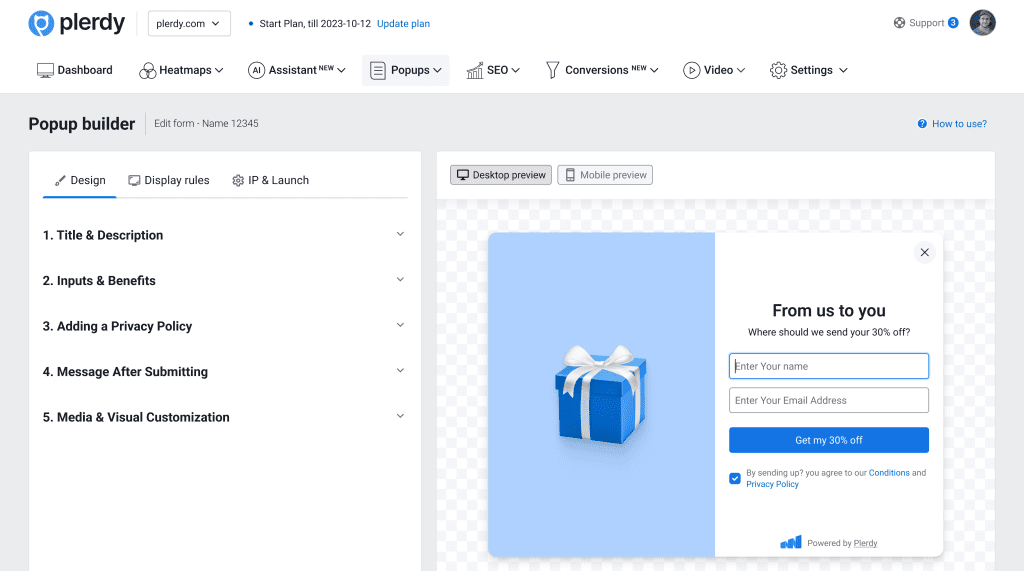
Get customer reviews utilizing Plerdy’s website emoji pop-up form. Visitors select emojis to evaluate their experience. Collect feedback Assess user satisfaction levels. Plerdy’s pop-up tools help brands collect real-time reactions from users across various devices.
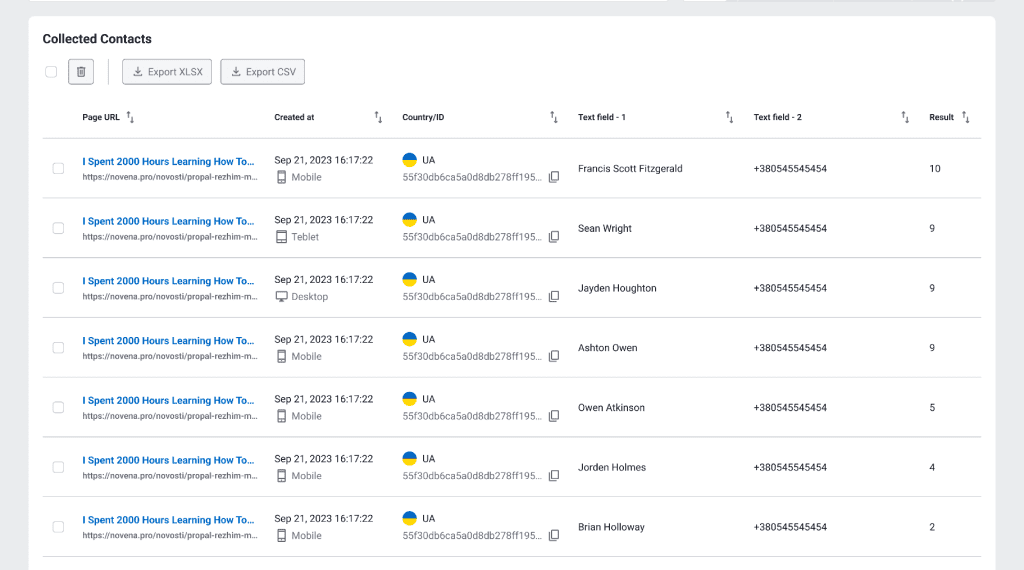
User info template forms contain two fields: Name Phone number Add events: like “Request Call Back” buttons.
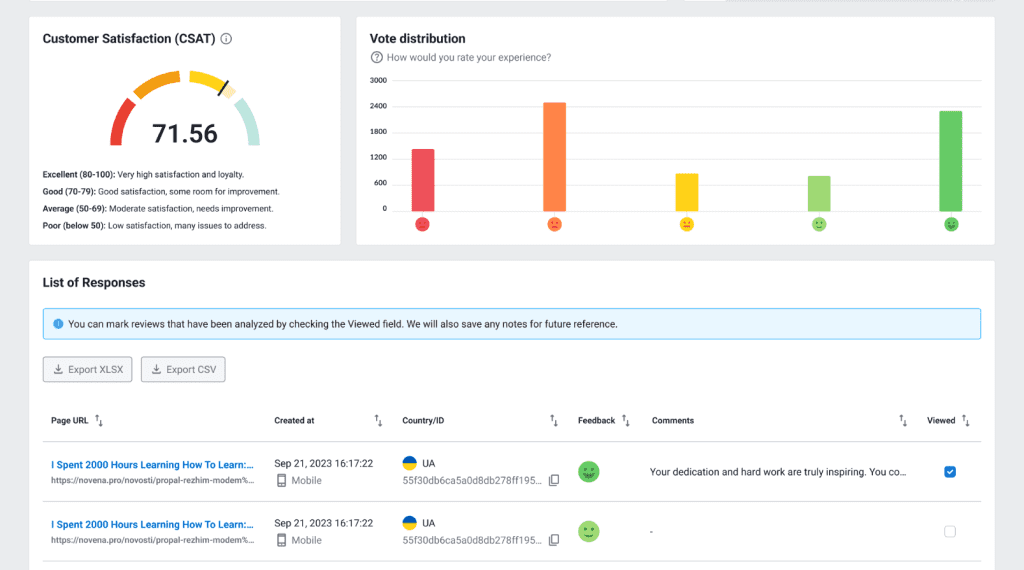
Get customer reviews utilizing Plerdy’s website emoji pop-up form. Visitors select emojis to evaluate their experience. Collect feedback Assess user satisfaction levels
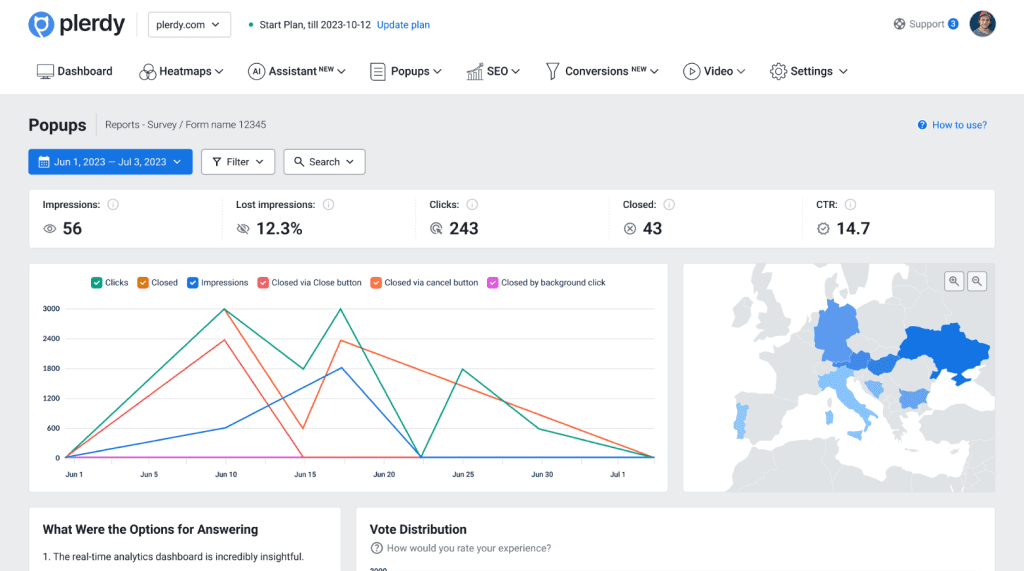
Gather feedback using Plerdy’s pop-up numerical ranking system (1 through 10): Assess customer loyalty Analyze user likes/dislikes

Upload (up to) 30-second vertical pop-up videos. Avoid disrupting visitors/content visibility by displaying pop-up forms at the bottom left or right screen locations- Example 1, Example 2

Collect usernames and emails utilizing Plerdy’s ready-made pop-up form solution. Customize fields to gather subscribers quickly.

Display your own website banner (png, jpg, webp, gif) using Plerdy’s pop-up software. Plerdy’s perfect for branded websites to entice target audiences with visual solutions.

Create promotional offers and reward users with special gifts when they click your call-to-action button and complete form fields with Plerdy pop-up software.

Ask questions and create multiple-choice answers. Plerdy’s CES pop-up form Identifies necessary improvements.
Easily configure pop-up forms settings
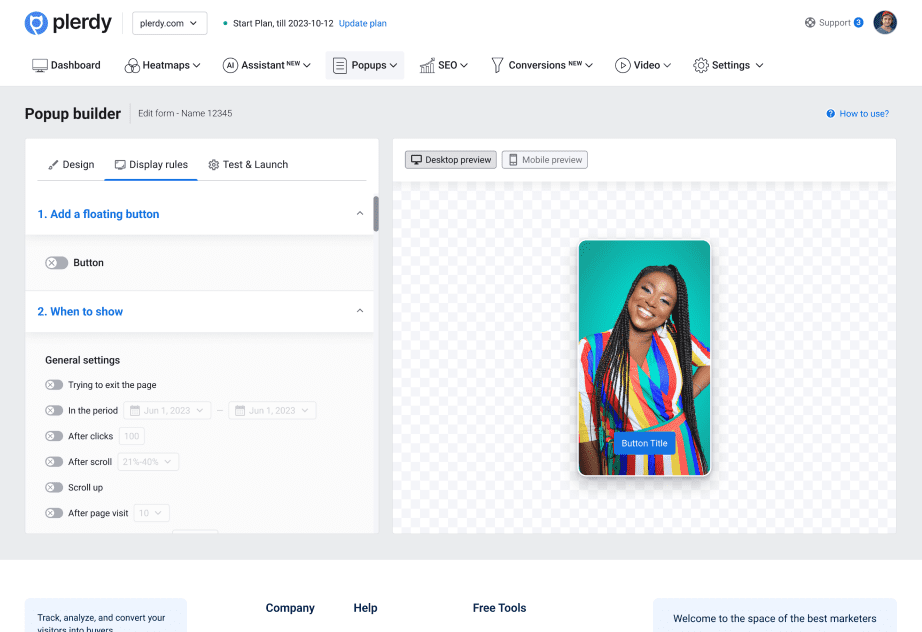
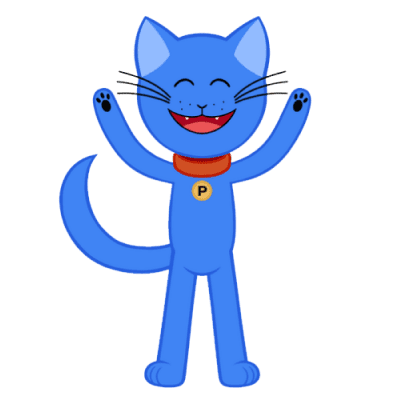
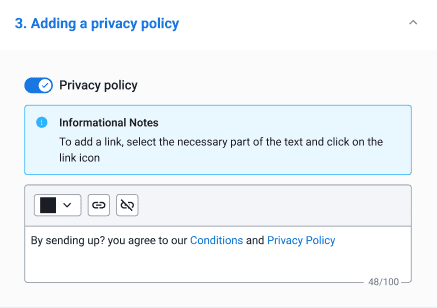
 Pop-up Form Description:
Add perfect messages for your target audience
Pop-up Form Description:
Add perfect messages for your target audience
 Edit Form Elements:
Change pop-up form field names
Edit Form Elements:
Change pop-up form field names
 Privacy Information:
Add links for privacy/terms of use
Privacy Information:
Add links for privacy/terms of use
 Message After Submitting:
Add "Thank you" messages. Link your social media pages
Message After Submitting:
Add "Thank you" messages. Link your social media pages
 Choose Your Form Background Color:
Show pop-up forms with/without backgrounds
Choose Your Form Background Color:
Show pop-up forms with/without backgrounds
 Pop-up Form Images:
Stunning images increase conversion rates
Pop-up Form Images:
Stunning images increase conversion rates
After your campaign launch, evaluate your impressions to conversions ratio (or form submissions). Use Plerdy’s pop ups software to analyze how visitors interact with each website popup and improve outcomes.
 Impression Loss:
Issue: forms didn’t display Reason: users took another action before pop-up forms appeared
Impression Loss:
Issue: forms didn’t display Reason: users took another action before pop-up forms appeared
 Form Closing Metrics:
If both factors are low, adjust/improve forms to target your audience's interests via analytics results
Form Closing Metrics:
If both factors are low, adjust/improve forms to target your audience's interests via analytics results
If users frequently close your pop-up, consider changing your:
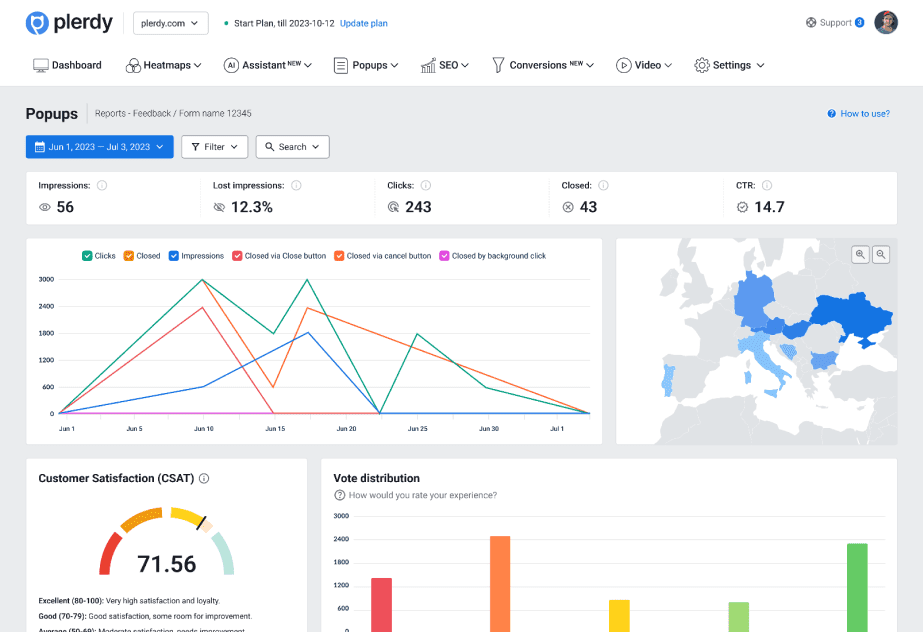
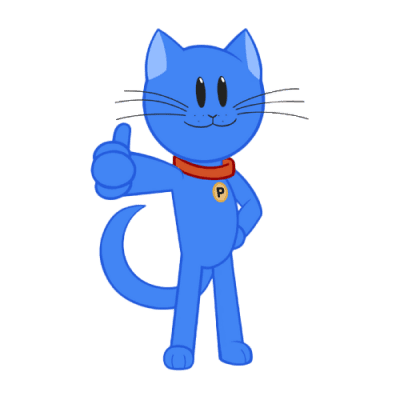
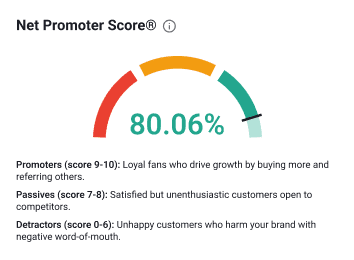
Discover why customers love Plerdy's comprehensive and intuitive web optimization tools, as acclaimed on G2.com
300+ G2 reviews
Create a Plerdy account for free and take your conversion to the next level. Don't lose a single customer.
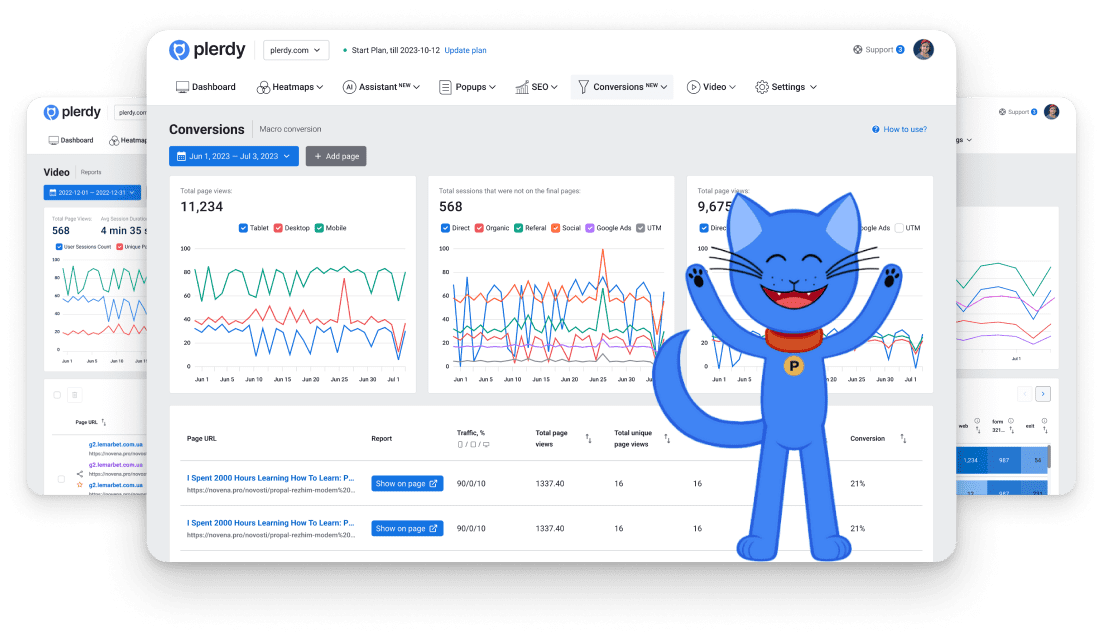
Content for UX designers, SEO specialists, and business owners
